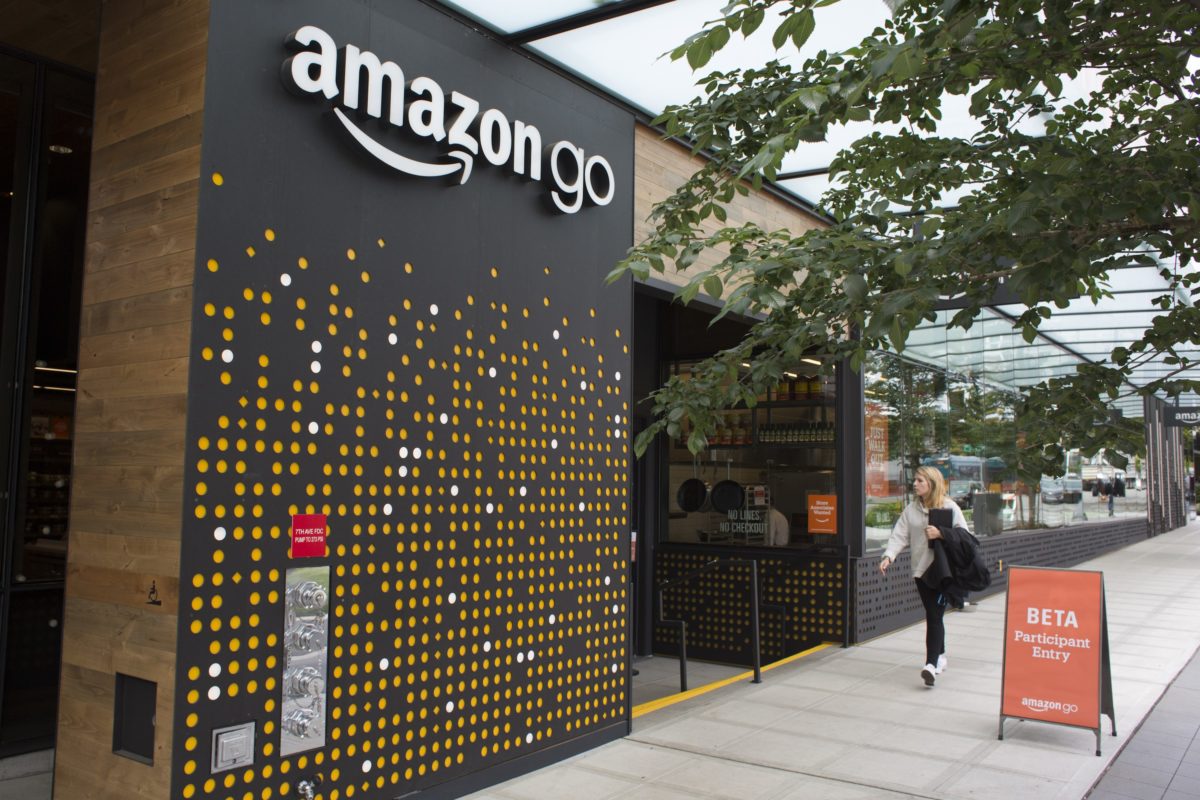Instead of interacting with a human cashier or even using a self-checkout kiosk, Amazon will instead use proprietary tech, bluntly called “Just Walk Out,” which uses AI and machine learning to monitor hundreds of camera feeds and sensors to keep track of your purchases. Once you exit, your purchases are automatically charged to a connected Amazon account. Most of the on-site human employees are tasked with checking IDs for alcohol purchases, helping troubleshoot potential problems, or preparing fresh foods in the adjacent kitchen.
The product of over a year of R&D testing, the project was originally beset by challenges stemming from the difficulty of tracking a large number of fast-moving people or crowds in excess of 20 people at a time. But early press previews suggest that Just Walk Out is working without a hitch. A reporter for The New York Times even attempted to shoplift by concealing one purchase from the cameras in a bag, but he couldn’t evade Amazon’s watchful eye.
To date, there haven’t been any announcements about potential Amazon Go locations outside of Seattle. Amazon also currently has no plans to import this technology to Whole Foods locations or sell it to other retailers, according to The New York Times. That’s good news for the 3.5 million Americans currently employed as cashiers, but it’s just another sign of how automation will inevitably impact this section of the labor force.


